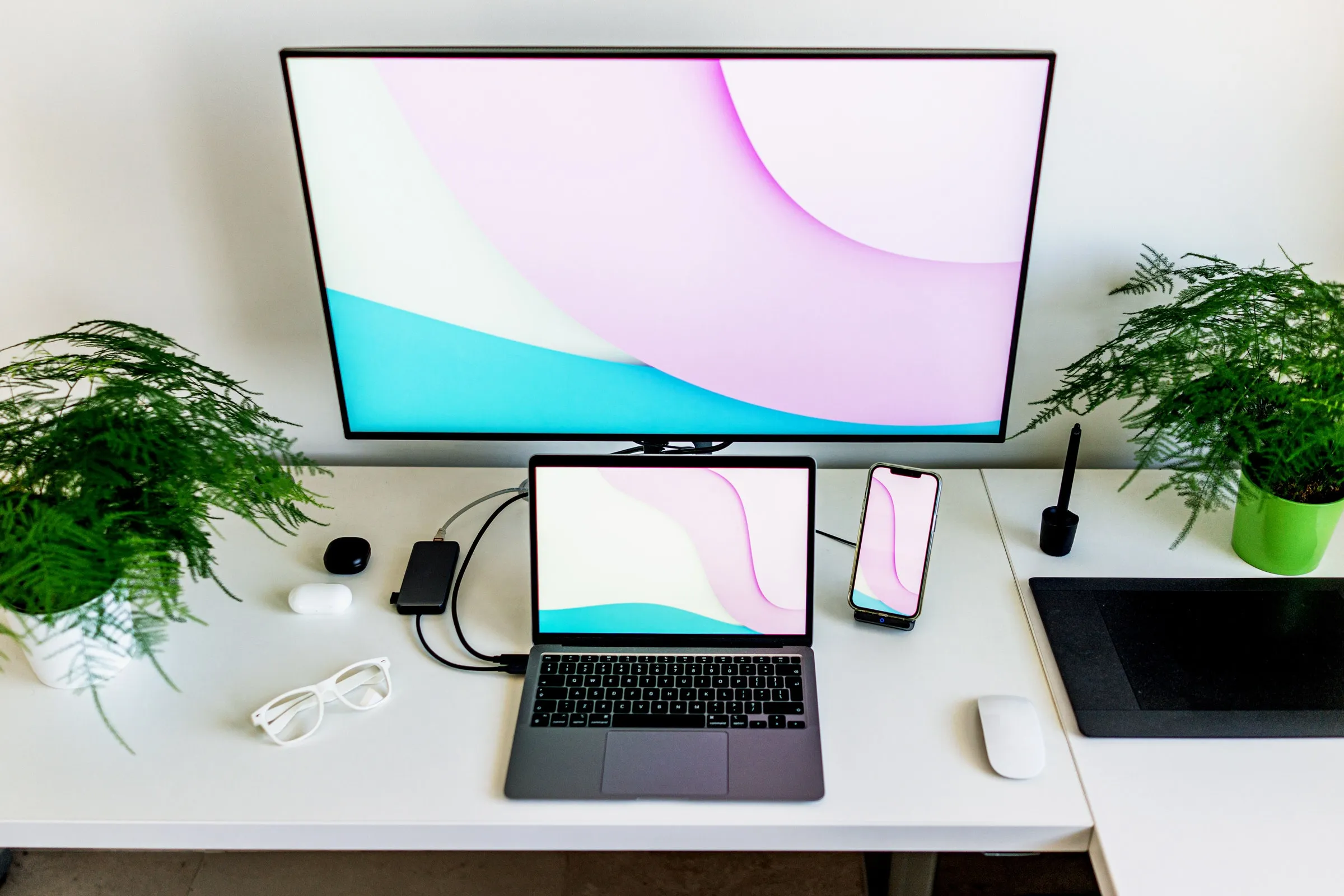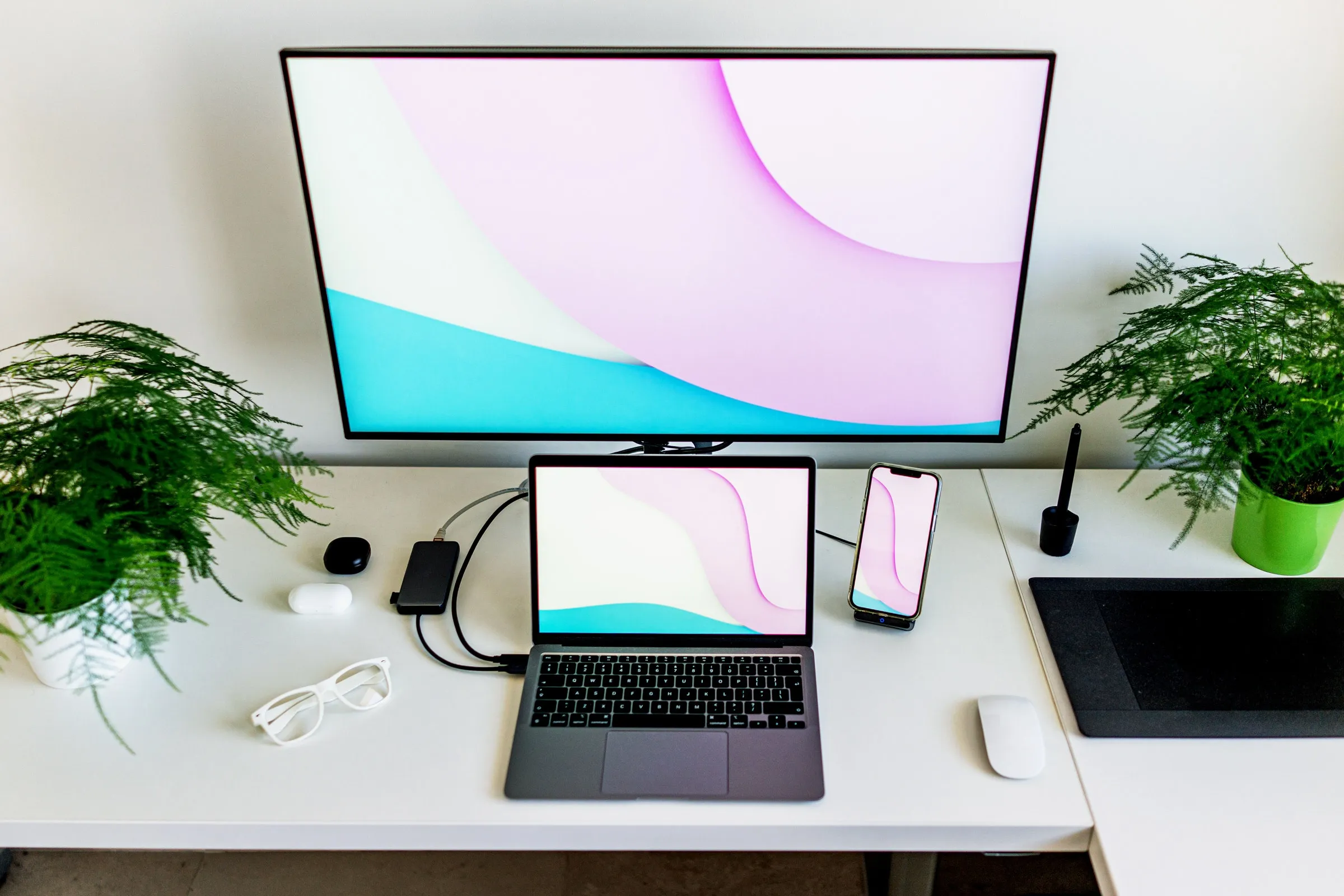
How to Connect a PC Monitor to a Laptop: A Comprehensive Guide
In today’s interconnected world, the ability to extend your laptop’s display to a larger monitor can significantly enhance productivity and improve the overall computing experience. Whether you’re a professional seeking a dual-screen setup for multitasking or a gamer looking to immerse yourself in a larger display, connecting your PC monitor to your laptop is a straightforward process that offers a myriad of benefits. In this guide, we’ll walk you through the steps to seamlessly connect your PC monitor to your laptop, exploring various connection methods and troubleshooting tips along the way.
Understanding Your Connection Options
Before diving into the connection process, it’s essential to understand the different connection options available for linking your PC monitor to your laptop. Depending on the hardware capabilities of your devices, you can choose from the following common connection interfaces:
Related Post: How To Connect A Pc And A Laptop
-
HDMI (High-Definition Multimedia Interface): HDMI is a ubiquitous interface that supports high-definition audio and video transmission. Most modern laptops and PC monitors feature HDMI ports, making it a convenient choice for connecting your devices.
-
VGA (Video Graphics Array): While gradually being phased out in favor of digital interfaces like HDMI, VGA remains a prevalent connection option, especially for older monitors and laptops. VGA transmits analog video signals and requires a separate audio cable for sound.
Related Post: How To Connect A Laptop To The Wifi
-
DisplayPort: DisplayPort is a digital interface known for its high bandwidth and versatility. It supports higher resolutions and refresh rates compared to HDMI and VGA, making it ideal for demanding tasks such as gaming and multimedia production.
-
USB-C (Universal Serial Bus Type-C): With the rise of USB-C technology, many modern laptops and monitors now feature USB-C ports that support video output in addition to data transfer and power delivery. USB-C offers a single-cable solution for connecting your devices, simplifying the setup process.
Further Reading: How To Connect A Laptop To The Internet
Step-by-Step Guide to Connecting Your PC Monitor to Your Laptop
Now that you’re familiar with the available connection options, let’s proceed with the step-by-step process of connecting your PC monitor to your laptop:
-
Identify Available Ports: Begin by identifying the available ports on both your laptop and PC monitor. Look for HDMI, VGA, DisplayPort, or USB-C ports, depending on your preferred connection method.
-
Select the appropriate Cable or Adapter: Choose a cable or adapter that matches the available ports on your laptop and monitor. For example, if both devices feature HDMI ports, use an HDMI cable for the connection.
-
Connect the Cable: Once you have the appropriate cable or adapter, connect one end to your laptop’s video output port and the other end to the corresponding port on your PC monitor.
-
Adjust Display Settings: After connecting the devices, your laptop may automatically detect the external monitor and adjust the display settings accordingly. If not, you can manually configure the display settings by accessing the display settings menu in your operating system.
-
Select the Display Mode: Depending on your preferences, you can choose from various display modes such as extended display, duplicate display, or projector only mode. These options allow you to customize how content is displayed across your laptop and monitor screens.
-
Test the Connection: To ensure that the connection is successful, test the display output by opening applications and moving windows between the laptop and monitor screens. Verify that both screens are functioning correctly and that the image quality meets your expectations.
-
Optional: Install Drivers or Software: In some cases, you may need to install additional drivers or software to enable certain features or optimize display performance. Check the manufacturer’s website for any available updates or compatibility requirements.
Troubleshooting Tips
While connecting your PC monitor to your laptop is generally a straightforward process, you may encounter occasional issues or complications. Here are some troubleshooting tips to help resolve common connectivity issues:
-
Check Cable Connections: Ensure that the cables are securely connected to both the laptop and monitor ports. Loose connections can cause display issues or signal interruptions.
-
Update Graphics Drivers: Keeping your graphics drivers up to date can resolve compatibility issues and improve overall system stability. Visit the manufacturer’s website to download and install the latest drivers for your graphics card.
-
Adjust Resolution and Refresh Rate: If you experience display abnormalities or distortion, adjust the resolution and refresh rate settings to match the capabilities of your monitor. Avoid setting resolutions or refresh rates that exceed the monitor’s specifications.
-
Restart Your Devices: Sometimes, a simple restart can resolve minor connectivity issues by refreshing system configurations and clearing temporary glitches.
Frequently Asked Questions (FAQs)
Q: Can I connect multiple monitors to my laptop simultaneously?
A: Yes, many modern laptops support multiple external monitors using either built-in ports or docking stations equipped with multiple video outputs.
Q: Will connecting a PC monitor to my laptop affect performance?
A: In most cases, connecting a PC monitor to your laptop should not significantly impact performance. However, running graphics-intensive applications on multiple displays may require additional system resources.
Q: Can I use a wireless connection to connect my laptop to a monitor?
A: Yes, wireless display technologies such as Miracast and Wi-Fi Direct allow you to wirelessly connect your laptop to compatible monitors and TVs without the need for physical cables.
Q: What should I do if my laptop does not detect the external monitor?
A: If your laptop fails to detect the external monitor, try restarting both devices, checking cable connections, and updating graphics drivers. You may also need to adjust display settings manually in your operating system’s control panel.
By following the steps outlined in this guide and leveraging the troubleshooting tips provided, you can effortlessly connect your PC monitor to your laptop, unlocking new possibilities for productivity, entertainment, and creativity. Whether you’re extending your desktop workspace, gaming on a larger screen, or enjoying multimedia content in high definition, a dual-monitor setup offers unparalleled versatility and convenience. Experiment with different connection methods and display configurations to find the setup that best suits your needs and preferences. Happy connecting!
Related Post: What To Do When You Get A New Laptop
Further Reading: How To Connect A Laptop To Pc

